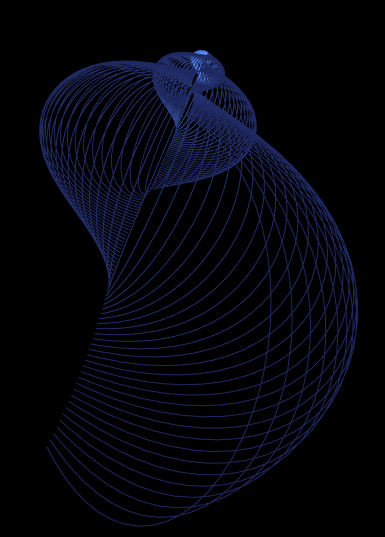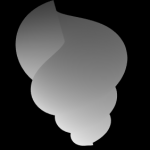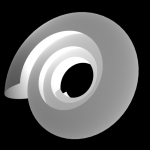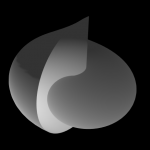Project 4 – Algorithimic Seashells
In this project, I explored the mathematical equations that describe seashells. After reading Hans Meinhardt’s excellent book The Algorithmic Beauty of Sea Shells I discovered that relatively simple equations can be used to describe almost every natural shell.
r=aebθ
By revolving a curve (usually a semicircle) around this helicospiral, a curve can be generated that describes almost any natural shell.
I used Cinder to generate a polygon mesh approximating the curve. This gave me an opportunity to experiment with OpenGL vertex buffer objects and Cinder’s VBOMesh class.

At this point, I assumed getting lighting and texturing working would be relatively simple. However, it turns out that knowing how OpenGL works is quite different from knowing how to make something with it. The final results were quite humbling:
Perhaps the most interesting thing about the model is its ability to generate plausible (though unnatural) forms. Many of the forms created have no analog in nature, but seem like they could.
In future iterations of this project, I plan to conquer proper OpenGL lighting and possibly more advanced techniques such as ambient occlusion and shadow mapping. In addition, I would like to texture the shells with reaction diffusion patterns which was the original focus of my project.



